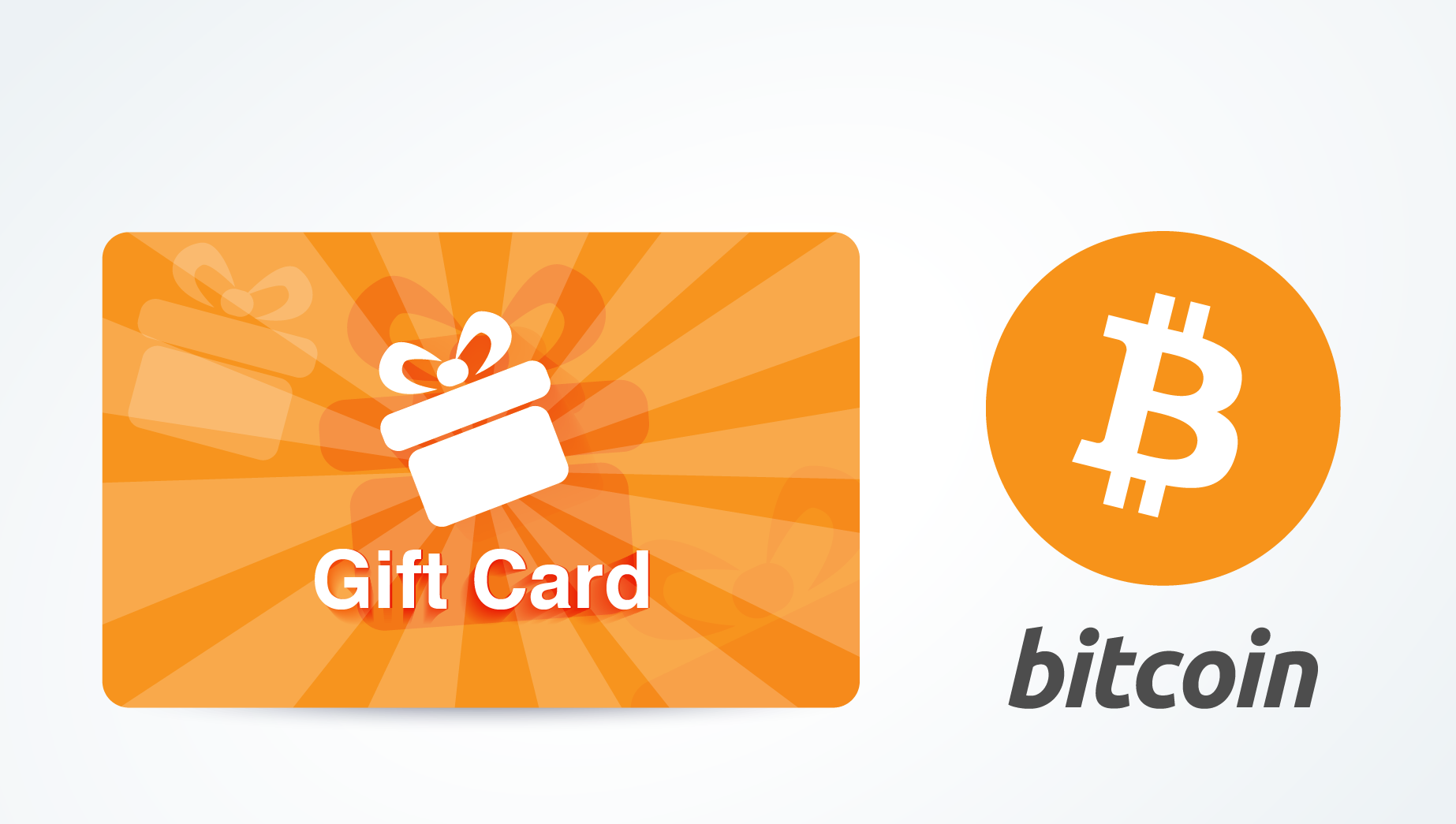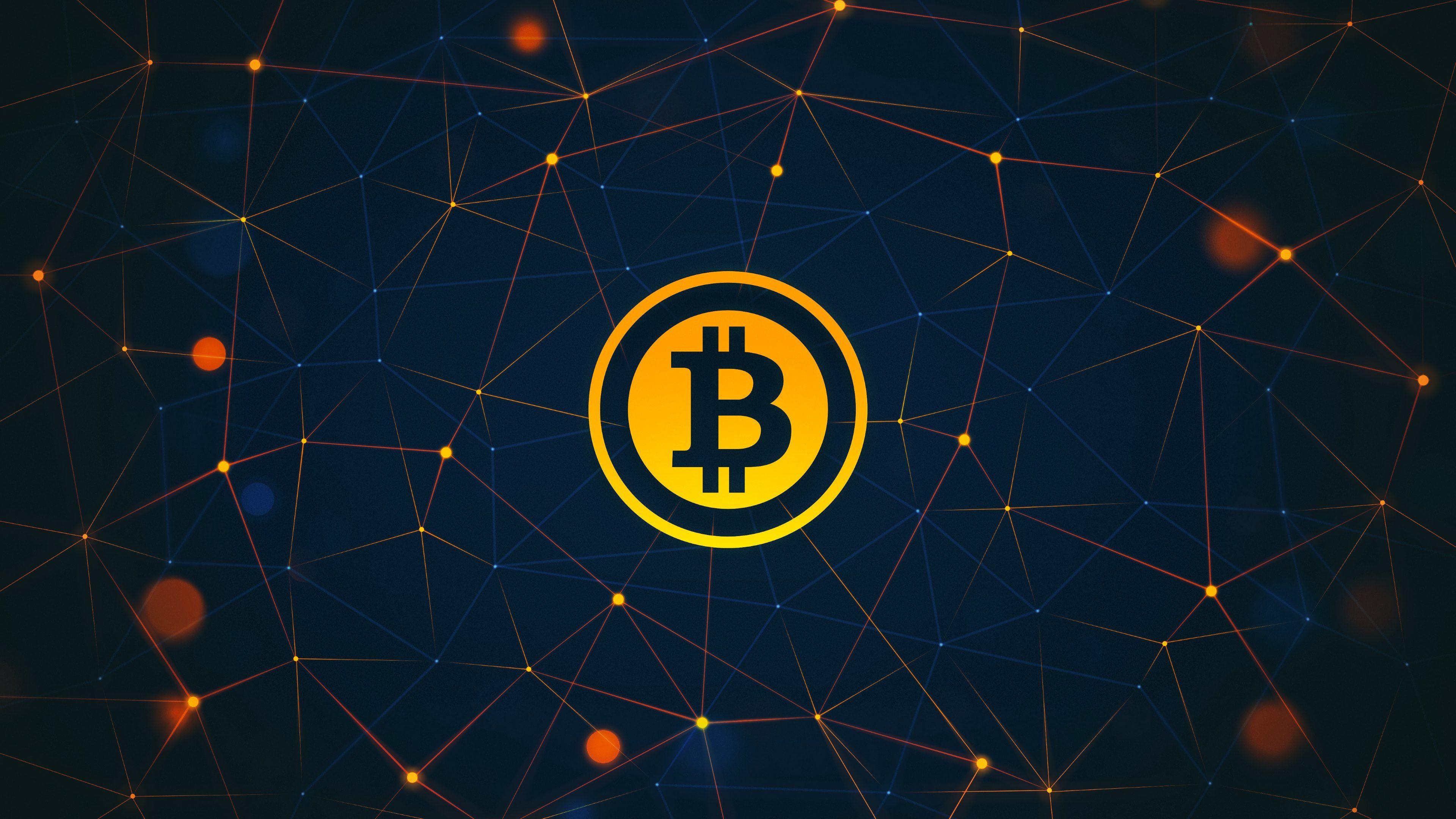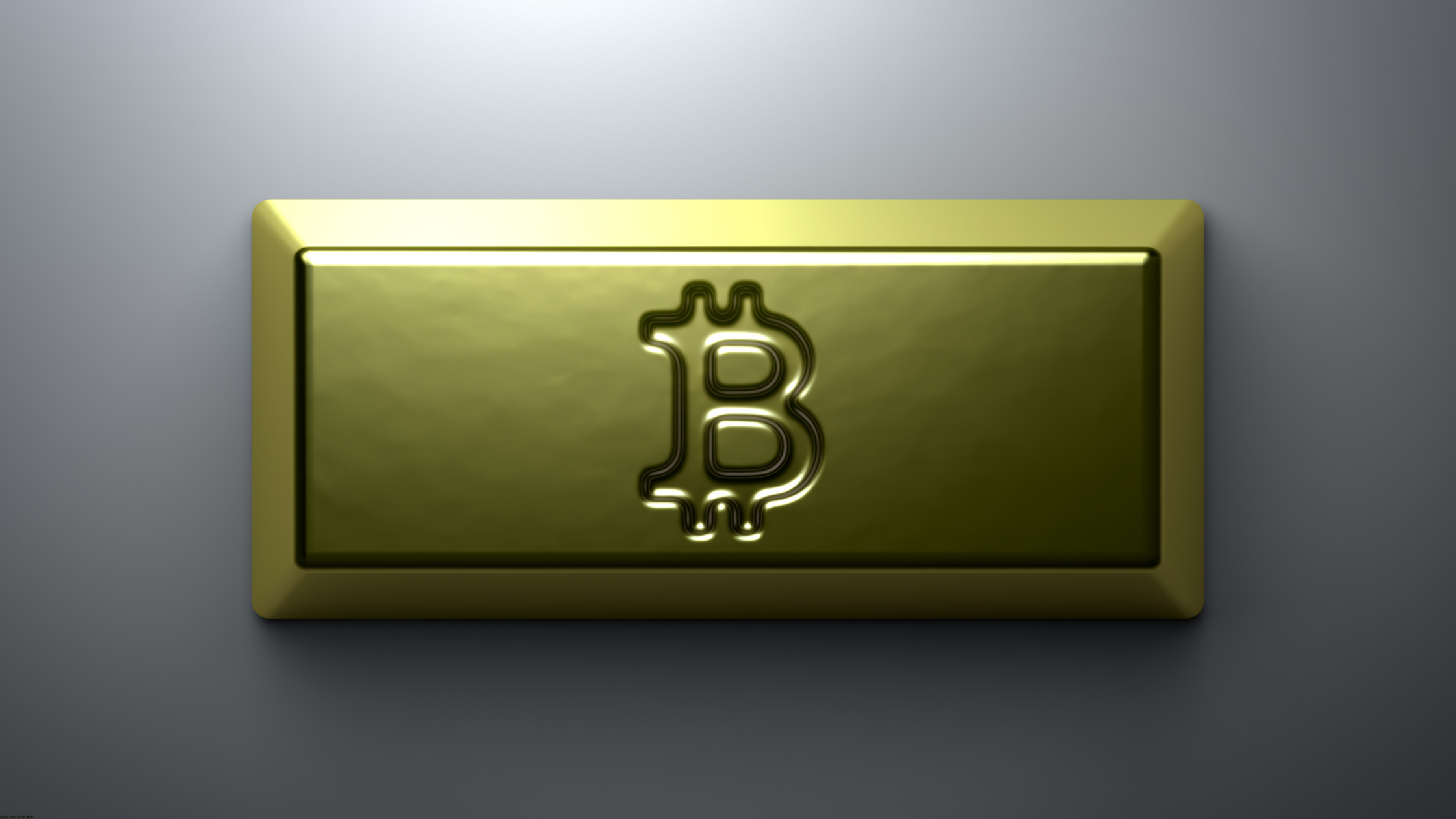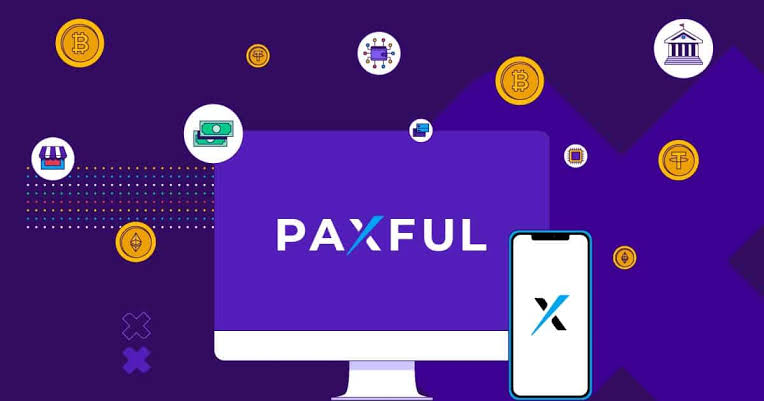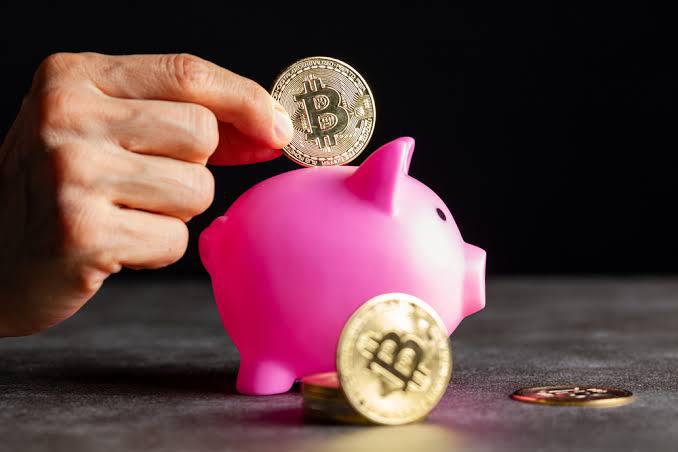What is Bitcoin halving?
Bitcoin halving is an occurrence which occurs every four years. The event ensures that the rewards earned by Bitcoin miners fall by half after a set of Bitcoin blocks is mined.
During the early years of BTC, miners received 50 BTC for every verified block. After more BTC was mined in 2012, the 50 BTC reward was cut in half, leaving miners with 25 BTC per block. After the second set of blocks were produced in 2016, the reward fell by half again, leaving miners with 12.5 BTC. The most recent Bitcoin halving happened in May 2020 and after the third set of blocks was mined, the reward was cut in half once more and is now at 6.25 BTC per block.
Why does Bitcoin halving occur?
After knowing what Bitcoin halving is, you’re probably thinking, “Isn’t this unfair for miners who do all the hard work to mine Bitcoin?” If you’re an avid Bitcoin fan and user, you probably know that its mysterious and pseudonymous developer, Satoshi Nakamoto, created BTC with a finite supply of 21 million coins.
At the time of writing, 88.83% of BTC’s total supply has already been produced. This means that only 2.3 million BTC are left to be mined. However, there’s no guarantee that all the 18.6 million BTC produced are circulating in the markets today. Check out this report from the New York Times which mentioned that around 20% or billions of dollars worth of BTC is in lost or stranded wallets.
When all 21 million Bitcoins are mined, the miners will no longer receive block rewards. They would only make money from fees for every transaction they confirm. The halving generally occurs because Bitcoin becomes more scarce as a result of its limited supply, and the value of one BTC continues to skyrocket over time. So you see, it is not entirely a bad thing for the miners. It is also a targeted way to control inflation in the BTC market. The surge in Bitcoin’s price is also what motivates miners to continue digging.
What are the effects of BTC halving?
On the Price.
The halving has a varying impact on the price of Bitcoin. Here are the effects of the previous halvings on Bitcoin’s market price.
First halving (2012) – The first-ever Bitcoin halving occurred on November 28, 2012. After mining the first set of blocks, the reward was cut down from 50 BTC to 25 BTC per block. Before the halving, BTC was selling at 12 USD per coin. After a year, its market selling price reached over 960 USD.
Second halving (2016) – After the block was mined, the second halving took place. On July 9, 2016, Bitcoin miners started to receive 12.5 BTC per block. Before the second halving, BTC was selling at almost 665 USD, and after a year, its market value reached a booming 2,550 USD.
Third halving (2020) – The Bitcoin halving in 2020 happened on May 11. After the third set of blocks was mined, the miners’ rewards were cut in half to 6.25 BTC per block. On the last day of 2020, Bitcoin was selling at a soaring price of over 30,000 USD—last year’s all-time high.
Fourth halving (2024) – The next Bitcoin halving is expected to happen in 2024 after the fourth block is mined. By this time, miners will receive a BTC reward of 3.125 per block. Who knows what the price of bitcoin would be now that the current price is at 50,000 USD?
This list goes on until all 21 million BTC have been mined.
On miners.
Bitcoin mining is known as one of the most effective ways of acquiring fractions of Bitcoin firsthand. On the flip side, running a mining operation can be really expensive, depending on whether you’re a solo miner or part of a mining pool. Either way, you’ll need high-powered mining equipment and specialized software that can cater to the tedious and costly processes of acquiring fractions of Bitcoin.
For some miners, the sudden decline in mining rewards may sound less profitable. Because of the massive amount of investment they made in the powerful mining machines they’ve built, the diminishing amounts of rewards per block might not be enough to cover their mining operation’s expenses. However, it’s also important to note that this might not be the case all the time for every miner because of Bitcoin’s highly volatile nature.
On traders.
While some miners don’t always love the idea of Bitcoin halving, this event is very much awaited by Bitcoin enthusiasts, traders, and investors. Why? Because in this period in the crypto world, the number of coins generated by miners is reduced. This means that the limited number of acquired coins paves the way for BTC’s price to soar if the market demand increases. The higher demand and the limited supply of this digital asset can bring more market opportunities for traders to sell BTC at higher prices.
While we saw this promising trend from the first to the recent Bitcoin halving events, it’s still important to keep in mind that this volatile asset can appreciate or depreciate swiftly—depending on the market movements that may happen.
So, is Bitcoin halving a good or a bad thing?
We’ve learned from the things we’ve discussed earlier that Bitcoin halving has varying effects for its market price, miners, traders, and investors—it has its fair share of benefits and drawbacks. Like other assets and valuable commodities, Bitcoin’s price comes down to supply and demand.
But after more than a decade of Bitcoin’s existence in the market, its rising popularity and worldwide adoption undeniably push its price even further. So, is this halving event a good or bad thing? We’ll leave the answer to you.
The content of this article is for informational purposes only. The opinions expressed here are not meant to be taken as financial, investment, or any other advice, nor do they express the opinion of Cordial Exchange.
Reference: Paxful.com
Bitcoin halving is an occurrence which occurs every four years. The event ensures that the rewards earned by Bitcoin miners fall by half after a set of Bitcoin blocks is mined. This article explains the effect of halving on traders, the price and miners.

